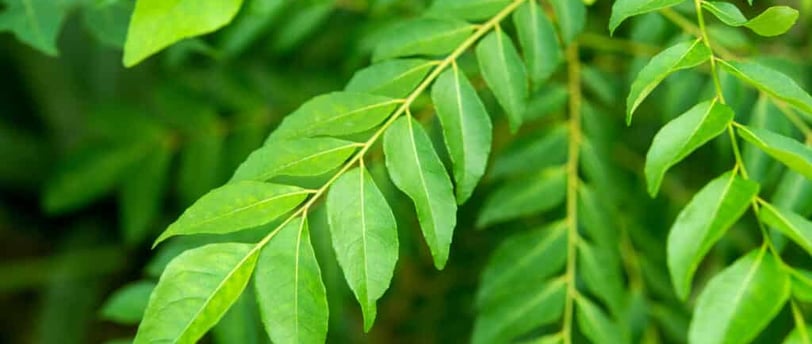A Comprehensive Guide to Planting Kadhi Patta (Curry Leaf) for the Upcoming Summer
2/19/20243 min read


Introduction (video)
Planting Kadhi Patta (Curry Leaf) can be an enriching experience, especially as summer approaches. These aromatic leaves are a staple in Indian cuisine, adding depth and flavor to various dishes. Whether you're a seasoned gardener or a novice, cultivating Kadhi Patta plants can be a rewarding endeavor. In this comprehensive guide, we'll explore everything you need to know about planting and caring for Kadhi Patta in preparation for the upcoming summer season.
Selecting a Suitable Location:
Choosing the right location is crucial for the successful growth of Kadhi Patta plants. These plants thrive in warm and tropical climates, so it's important to find a spot that receives ample sunlight throughout the day. Look for an area in your garden that is sheltered from strong winds, as they can damage the delicate leaves. If you're planting Kadhi Patta in a pot, ensure that it has proper drainage to prevent water-logging.
Preparing the Soil:
Before planting Kadhi Patta, it's essential to prepare the soil to provide optimal conditions for growth. Curry Leaf plants prefer well-draining soil that is rich in organic matter. You can improve the soil quality by adding compost or well-rotted manure. This will help retain moisture while allowing excess water to drain away. Additionally, ensure that the soil has a pH level between 6.0 and 7.5, as Kadhi Patta plants thrive in slightly acidic to neutral soil.
Planting Kadhi Patta:
Once you have selected a suitable location and prepared the soil, it's time to plant Kadhi Patta. If you're starting from seeds, soak them overnight to improve germination rates. Sow the seeds about half an inch deep in the soil, spacing them at least six inches apart. Gently cover the seeds with soil and water thoroughly. If you're using saplings, dig a hole that is slightly larger than the root ball and place the sapling in it. Fill the hole with soil, ensuring that the plant is at the same level as it was in the pot. Water the plant generously to settle the soil.
Watering and Fertilizing:
Proper watering is essential for the healthy growth of Kadhi Patta plants. Water the plants regularly, keeping the soil moist but not waterlogged. Avoid over-watering, as it can lead to root rot. During the summer months, when temperatures are high, you may need to water more frequently to prevent the soil from drying out. Additionally, fertilize the plants every two to three months with a balanced organic fertilizer to promote vigorous growth.
Pruning and Harvesting:
Regular pruning is necessary to maintain the shape and health of Kadhi Patta plants. Once the plants reach a height of around one foot, you can start pruning the top branches to encourage bushier growth. Remove any dead or yellowing leaves to prevent the spread of disease. When harvesting the leaves, pluck them from the outer branches, leaving the inner ones to continue growing. This ensures a continuous supply of fresh leaves throughout the season.
Pests and Diseases:
While Kadhi Patta plants are generally resilient, they can be susceptible to certain pests and diseases. Aphids, mealybugs, and scale insects are common pests that can infest the leaves. Regularly inspect the plants for any signs of infestation and take appropriate measures to control them. Neem oil or insecticidal soap can be effective in treating these pests. Additionally, keep an eye out for fungal diseases such as powdery mildew and leaf spot. Ensure proper air circulation and avoid overhead watering to prevent the onset of these diseases.
Overwintering Kadhi Patta:
If you live in a region with cold winters, you may need to take special care to protect your Kadhi Patta plants. Before the first frost, prune the plants to a manageable size and bring them indoors. Place them in a sunny spot near a window and water sparingly during the dormant period. Alternatively, you can dig up the plants and transfer them to pots, which can be brought indoors. Resume regular watering and fertilizing in the spring when the plants start to show signs of new growth.
Conclusion:
Planting Kadhi Patta (Curry Leaf) can be a delightful and rewarding experience, allowing you to enjoy the freshness and aroma of these leaves in your cooking. By selecting a suitable location, preparing the soil, and providing proper care, you can ensure the healthy growth of Kadhi Patta plants throughout the summer season. Remember to water and fertilize regularly, prune as needed, and protect the plants from pests and diseases. With these tips in mind, you'll be well on your way to cultivating a thriving Kadhi Patta garden.
